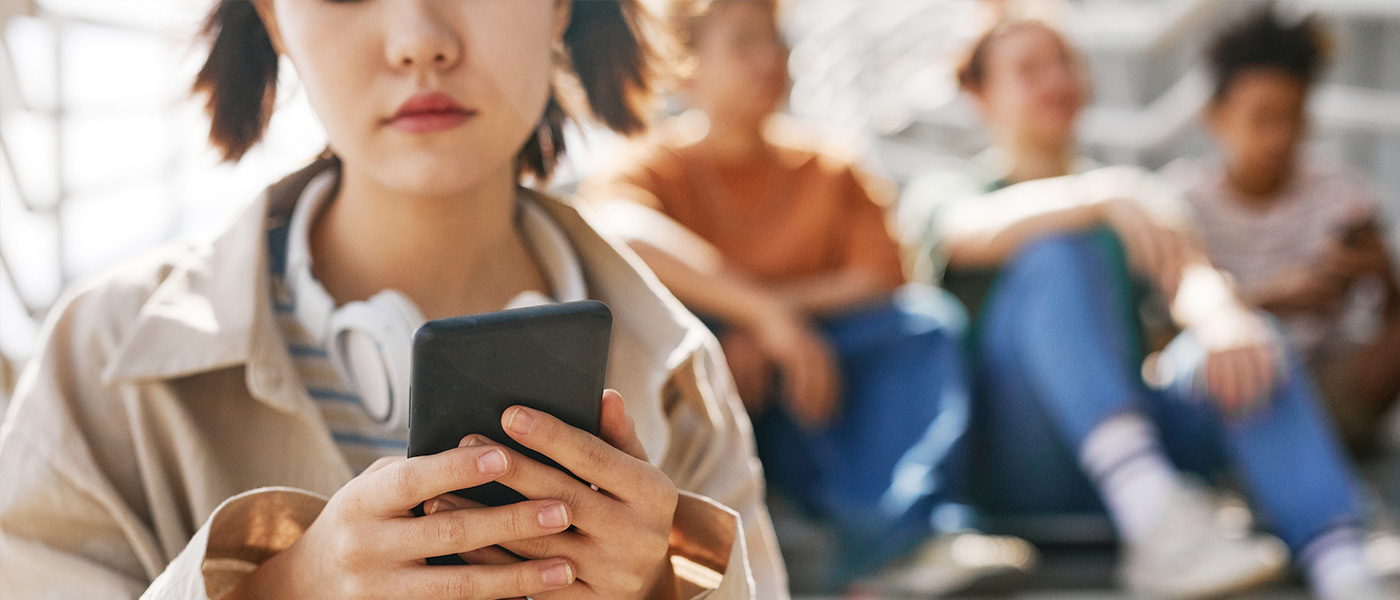
Home » Topics » Dislike Button: Swiping Left on Excessive Social Media, Screen Time, and Teen Depression
Teen anxiety and depression are skyrocketing—and the time spent on smartphones and social media appears to be igniting the fuse.
While social media and constant connectivity promise entertainment and connection, they also come with a hidden cost. While these tools offer connection and entertainment, they have also fueled a mental health crisis, particularly among teenagers. Teens spending the most time on social media platforms like Facebook, Instagram, and TikTok report considerably higher rates of depression symptoms by as much as 66 percent when compared to those with lower usage.
Pediatricians in Utah County are among those witnessing the dramatic surge in depression and anxiety in young patients.
“When I first started, I would treat or discuss anxiety and depression in a teen patient about once or twice a week,” says Dr. Michael Fullmer of Utah Valley Pediatrics. “Now, I am discussing it and managing it about once or twice a day.”
To raise awareness about this growing issue, Utah Valley Pediatrics is shining a light on teen depression and its links to social media. This is the first of two articles exploring the connection between social media and teen anxiety, offering insights into its impact and practical steps for parents.


The NCQA is a private, nonprofit organization dedicated to improving health care quality. Learn more.